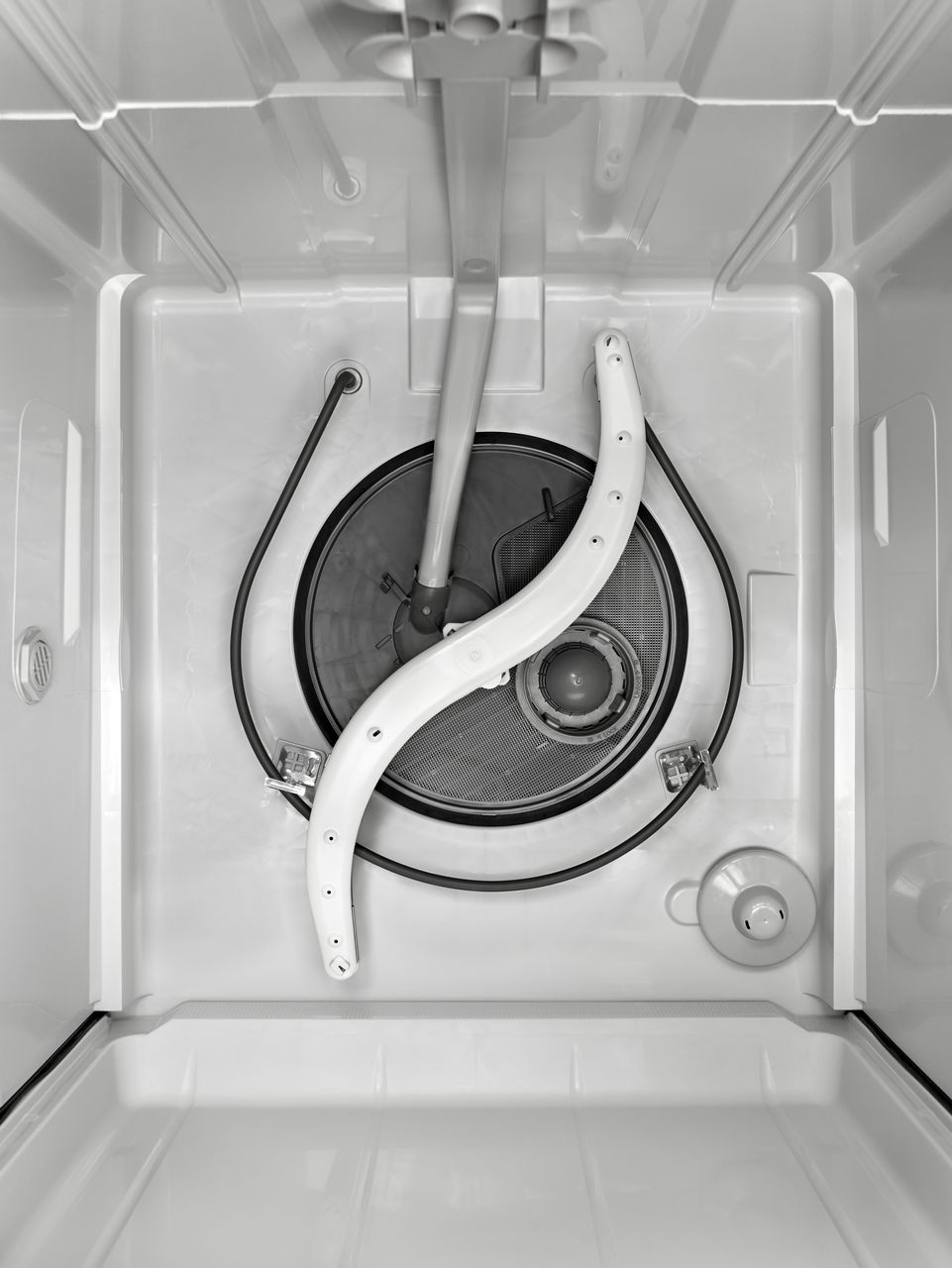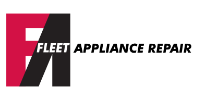
If you have opened your dishwasher after the cycle is supposed to be finished and find standing water, dirty of not, then you have a drainage problem with your dishwasher. There is something blocking some portion of the drainage system that needs to be addressed. When you have discovered that your dishwasher won’t drain, here is what to start checking to solve the issue quickly.
How to Drain a Clogged Dishwasher
You may be tempted to drain your dishwasher right away. However, in truth, keeping the water inside can really help you know that your troubleshooting method is actually working. As soon as you remove what was the problem, the water will drain away.
That being said, there are things you will need to check as you go on that will require the water to be drained, such as removing the hose or checking the drain pump. When it is time to check these culprits, unfortunately, the best way to remove standing water from your dishwasher is the difficult way. You need to bail it out with a measuring cup or ladle. When the water is too shallow to scoop any longer, it will need to be sopped up with paper towels or a towel.
Garbage Disposal / Air Gap
Your dishwasher is connected to the drain in your sink. It may come with an air gap to prevent backflow or it may run through your garbage disposal. If your air gap is blocked by some sort of obstruction or if your garbage disposal is already full, it can prevent proper drainage of your dishwasher. As these two culprits involve very unobtrusive investigation, they should be checked first. Locate your air gap and make sure it is clear of all grime or not covered. Next, run your garbage disposal. Your dishwasher should drain immediately if either was responsible.
Dishwasher Filter
A surprising number of appliance owners don’t know that their dishwasher comes equipped with a filter that may need to be cleaned. This filter prevents clogs in the other working parts of the appliance and even in your kitchen drain as well by catching larger particles of food or bits of non-degradable plastic.
The filter location in your model of dishwasher may vary, but it will always be at the bottom of the appliance. In most models, you will need to remove the bottom spray are and remove a cover to access the filter. As the bottom spray arm typically just snaps into place, you likely won’t even need any tools. Once you have access to the filter, it will need to be cleaned if it is caked with food or other debris. If that is the cause of poor drainage, you may want to make a reminder to clean it regularly.
Drain Hose
In order to drain water, there will be a plastic hose that runs from the bottom of your dishwasher and to the connection in your kitchen sink drain. If your dishwasher does not use an air gap, you will want to pay attention to the positioning of the hose before you remove it. With no air gap, the hose positioning is what prevents backflow and if you do not put it back correctly, you will have problems with dirty water flowing back onto your clean dishes.
Once you have taken note of the positioning, you will need to remove the toe plate on your dishwasher in order to access the clamp securing the hose to your appliance. Before removing the clamp, you will want to drain your dishwasher. Furthermore, you will want to disconnect the power as well. It is likely that there will still be water in this hose, so have a towel ready to sop it up. Once the hose is disconnected from the dishwasher, you will then want to disconnect the other ends from the kitchen sink drain. You can now fully remove the hose and check it for clogs.
The quickest way to check is to either look through or blow air through the hose. Obviously no air or light will make it through the other end if there is a clog somewhere in the middle. Regardless of if there is a clog, now is also a good time to inspect the actual hose. If there are cracks or if the hose looks worn, it might be wise to replace it. Leaks from a drain hose can be unexpected but can cause quite a bit of water damage if not found early.
Drain Pump
This is the final culprit in a dishwasher that won’t drain. It should also be left to last because it requires a bit of disassembly of your dishwasher to reach and check. It just saves time to check the easier parts first, but this can be just as much of a culprit as other options.
In most models, the drain pump can be accessed from the inside. If your dishwasher isn’t draining, but you have heard the drain motor activate either during the cycle or when you press the cancel cycle button, then checking it from the inside is really all you need. If you do not hear the drain motor activating, then you may need to access the drain pump from the bottom to remove, replace, or test it with a multimeter. This will involve unmounting built-in models and laying them on their backs.
If it is just a clog in the drain pump, you need to remove the lower spray arm, filter, impellor, and several different covers to reach it. If there is a large build-up of food particles in the filter, then they definitely could have made their way through to the drain pump and clogged it there. Once you have reached the pump, you will want to inspect it and clean it thoroughly. If you believe that the clog is deeper than you can see or the drain pump might be mechanically malfunctioning, you may feel more comfortable having a professional out to check it.

Your Guide to Whirlpool Microwave Replacement Parts

What to Do When Your Kenmore Dryer Won’t Start

How to Resolve the LG Washer LE Error Code

Why Does My Oven Smell Like Gas? Causes and What to Do

Maytag Dryer Not Heating? Here’s How to Fix It

6 Common Reasons Your Speed Queen Dryer Isn’t Heating

8 Reasons Your Samsung Refrigerator Is Not Cooling

9 Most Reliable Washer and Dryer Brands

How to Get Ink out of Your Dryer the Easy Way

Why Is My Fridge Making Noise That Stops When the Door Is Open?

Frigidaire Refrigerator Error Code H1: Causes & Solutions

How to Clean a Dryer Vent Without Moving the Dryer

9 Reasons Your LG Refrigerator Isn’t Cooling

LG Refrigerator Not Making Ice? Here’s What To Do!


